How To Repair A Camera Tripod ?
To repair a camera tripod, start by identifying the specific issue or damage. If a part is broken or missing, try to find a replacement from the manufacturer or a third-party supplier. If the issue is with the tripod's stability, check the legs and joints for any loose or damaged components. Tighten any loose screws or bolts and ensure that the legs are securely locked in place. If the tripod head is not functioning properly, check for any debris or obstructions and clean or lubricate the moving parts as needed. If the tripod is still not working correctly, it may be necessary to seek professional repair or consider purchasing a new tripod.
1、 Checking and tightening tripod legs and joints
To repair a camera tripod, one of the first steps is to check and tighten the tripod legs and joints. Over time, the legs and joints can become loose, causing instability and potential damage to the tripod.
Start by inspecting each leg and joint for any visible signs of wear or damage. Look for loose screws, bolts, or any other parts that may need tightening or replacing. Use a screwdriver or wrench to tighten any loose screws or bolts, ensuring that they are secure but not overly tightened.
Next, check the leg locks or clamps. These are the mechanisms that hold the legs in place when extended. If the leg locks are not holding securely, they may need to be adjusted or replaced. Some tripods have adjustable tension settings for the leg locks, so make sure they are set to the appropriate level.
If the leg locks are damaged or worn out, they may need to be replaced. Contact the manufacturer or a camera repair shop to find the correct replacement parts.
Additionally, it is important to clean and lubricate the tripod legs and joints regularly. Use a soft cloth to remove any dirt or debris, and apply a small amount of lubricant to the joints to ensure smooth movement.
In recent years, some tripods have introduced innovative features such as twist-lock leg mechanisms, which provide a more secure and durable connection. These types of tripods may require a different approach to repair, so it is important to consult the manufacturer's instructions or seek professional assistance if needed.
Overall, checking and tightening tripod legs and joints is a crucial step in repairing a camera tripod. By ensuring that these components are secure and in good condition, you can maintain stability and prolong the lifespan of your tripod.

2、 Replacing or repairing damaged tripod head
Replacing or repairing a damaged tripod head is a common issue that photographers and videographers may encounter. The tripod head is an essential component of the tripod, as it holds the camera securely and allows for smooth movements and adjustments. If you find that your tripod head is damaged or not functioning properly, here are some steps to repair or replace it.
First, assess the extent of the damage. If the tripod head is severely damaged or beyond repair, it may be necessary to replace it entirely. However, if the damage is minor, you may be able to repair it yourself.
To repair a damaged tripod head, start by removing it from the tripod legs. Most tripod heads can be unscrewed or detached using a wrench or screwdriver. Once removed, inspect the head for any visible damage or loose parts.
If there are loose parts, tighten them using the appropriate tools. If any parts are broken or missing, you may need to order replacement parts from the manufacturer or a reputable camera equipment store. It's important to ensure that you use compatible parts to maintain the stability and functionality of the tripod head.
If the damage is irreparable or you decide to replace the tripod head, there are various options available on the market. Consider factors such as the weight capacity, compatibility with your camera, and the type of photography or videography you do. There are different types of tripod heads, including ball heads, pan-tilt heads, and gimbal heads, each with its own advantages and disadvantages.
When replacing the tripod head, make sure to follow the manufacturer's instructions for installation. This may involve attaching the new head to the tripod legs using screws or a quick-release plate system.
In conclusion, repairing or replacing a damaged tripod head is essential to ensure the stability and functionality of your camera setup. Assess the extent of the damage and determine whether repair or replacement is necessary. If repairing, tighten loose parts and replace any broken or missing components. If replacing, choose a compatible tripod head that suits your needs.
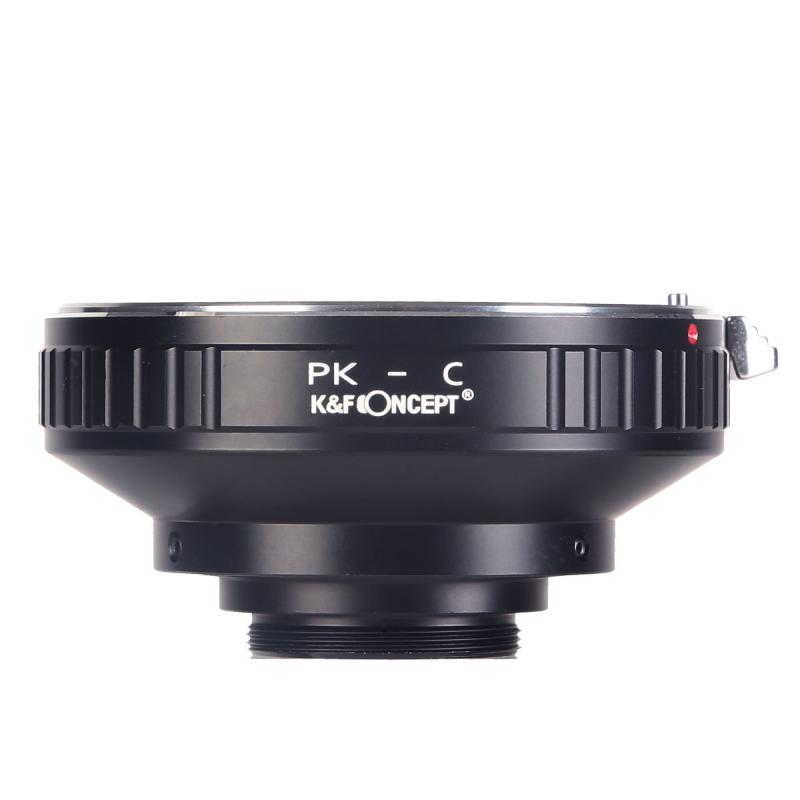
3、 Fixing loose or broken tripod leg locks
Fixing loose or broken tripod leg locks is a common issue that many photographers encounter. Fortunately, repairing a camera tripod can be a relatively simple task. Here's a step-by-step guide on how to repair a camera tripod leg lock:
1. Identify the problem: Determine whether the leg lock is loose or broken. If it's loose, it may just need tightening. If it's broken, you may need to replace the lock mechanism.
2. Tightening loose leg locks: If the leg lock is loose, use a screwdriver or Allen wrench to tighten the screws or bolts that hold the lock in place. Be careful not to overtighten, as this can cause damage.
3. Replacing broken leg locks: If the leg lock is broken, you'll need to replace it. Start by removing the old lock mechanism. This may involve unscrewing or unclipping it from the tripod leg.
4. Purchase a replacement lock: Contact the tripod manufacturer or visit a camera store to find a suitable replacement lock. Make sure to get the correct size and type for your tripod model.
5. Install the new lock: Attach the new lock mechanism to the tripod leg, following the manufacturer's instructions. This may involve screwing or clipping it into place.
6. Test the lock: Once the new lock is installed, test it to ensure it securely holds the tripod leg in place. Adjust the tension if necessary.
It's worth noting that some tripods may have leg locks that are not easily replaceable. In such cases, it may be more cost-effective to purchase a new tripod instead of attempting repairs.
In recent years, there has been an increase in the availability of universal replacement parts for tripods, making it easier to find compatible leg locks. Additionally, online tutorials and forums provide valuable resources for troubleshooting and repairing camera tripods.
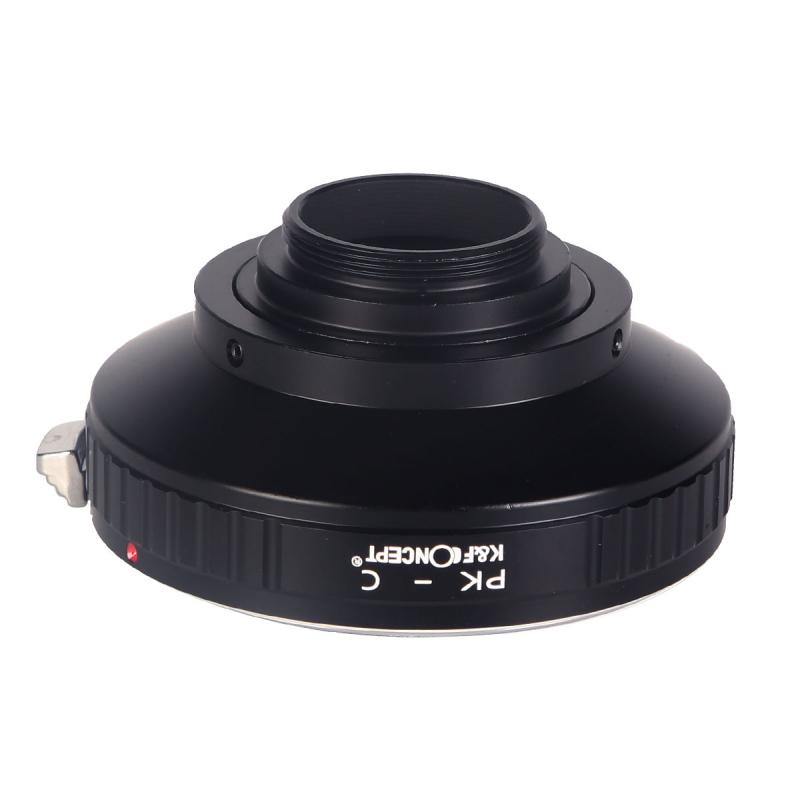
4、 Repairing or replacing damaged tripod feet
Repairing or replacing damaged tripod feet is a common issue that photographers often encounter. Tripod feet can become damaged due to regular wear and tear, accidents, or rough handling. However, repairing or replacing tripod feet is a relatively simple process that can be done at home with a few basic tools.
To repair a camera tripod, start by examining the damaged feet. If the feet are simply loose or wobbly, they may just need to be tightened. Use a wrench or pliers to tighten the screws or bolts that hold the feet in place. If this doesn't solve the problem, the feet may need to be replaced.
To replace tripod feet, first, remove the damaged feet by unscrewing them from the tripod legs. Then, purchase replacement feet that are compatible with your tripod model. Many tripod manufacturers sell replacement feet, or you can find generic ones that fit most tripods.
Once you have the replacement feet, simply screw them onto the tripod legs in place of the old ones. Make sure to tighten them securely to ensure stability. It's also a good idea to periodically check and tighten the feet to prevent future damage.
In recent years, some tripods have introduced innovative features such as interchangeable feet. These allow photographers to easily switch between different types of feet depending on the terrain or shooting conditions. This can be particularly useful for outdoor photographers who often encounter uneven or slippery surfaces.
In conclusion, repairing or replacing damaged tripod feet is a straightforward process that can be done at home. By following these steps, photographers can ensure that their tripods remain stable and reliable, allowing them to capture the perfect shot every time.
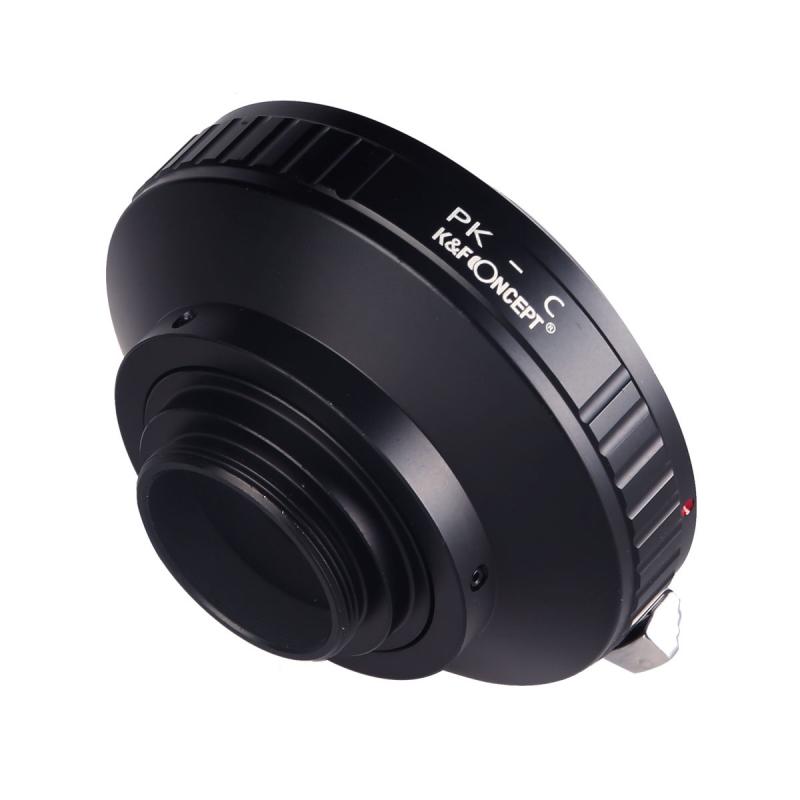



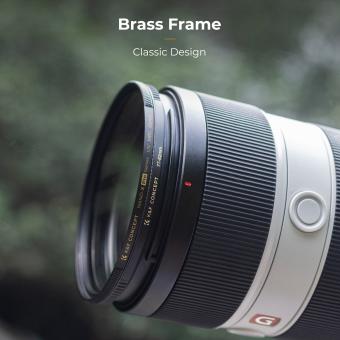

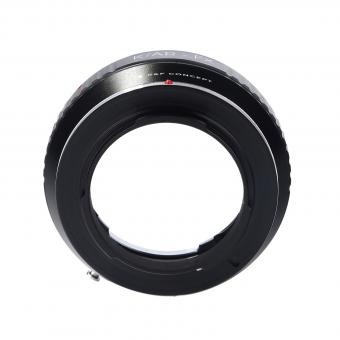
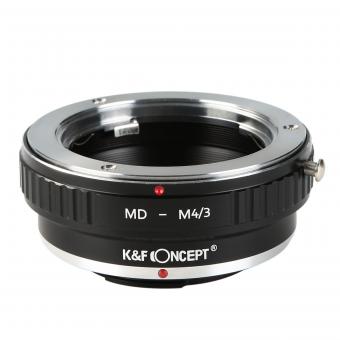




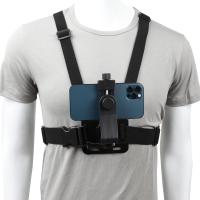
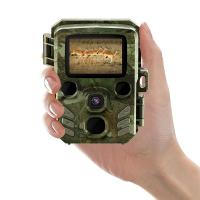

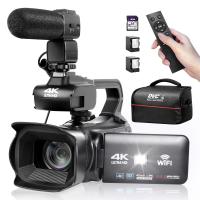


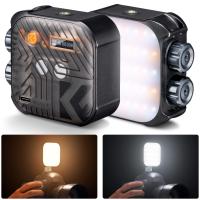


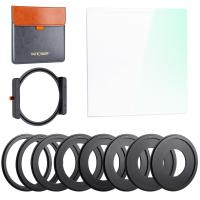

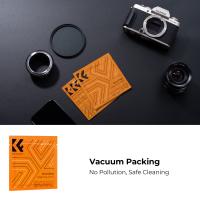
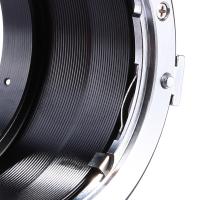

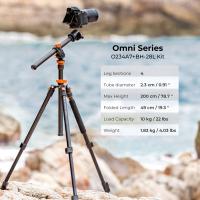


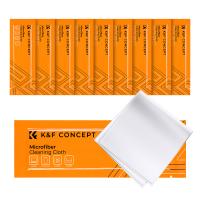
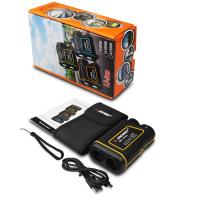

There are no comments for this blog.